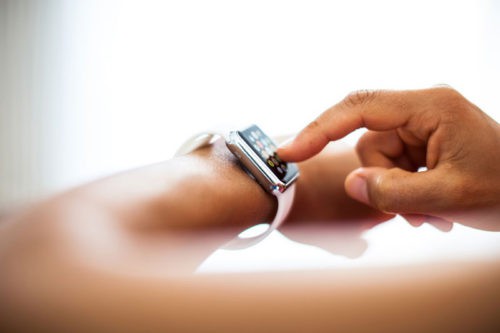Wearable Technology
RPL protects wearable technology inventions from smart watches and fitness trackers to innovative clothing and accessories and medical products.
RPL protects wearable technology inventions from smart watches and fitness trackers to innovative clothing and accessories and medical products.
Some people hear “wearable technology” and think of smart watches and fitness trackers, but that’s just the tip of the iceberg. RPL works with clients to protect wearable technology from innovative clothing and accessories to medical products blurring the lines between human and machine. Wearable technology can be protected using each of the four main categories of IP protection; patents, trade secrets, copyrights, and trademarks and a thoughtful intellectual property plan can help put you in a position to best capitalize on your wearable technology.
Wearable technology is typically a blend of hardware and software innovation. Either the hardware may be patentable, the software may be, or it may be the the combination of both that is patentable. Often, it is the hardware components that enable the software to provide new and non-obvious features and functions to the user.
Patent searching can be useful to help you assess both the likelihood of securing patent protection (through a patentability searching opinion) and to help you assess the likelihood of infringing existing patents (through a freedom to operate search and opinion).
If patentable, both design patents and utility patents are options to protect wearable technology. Design patents are useful in protecting the ornamental appearance, while utility patents are useful in protecting the unique features and functions. Working with a patent attorney that has experience with wearable technology can help you quickly focus on the key protectable innovations you have developed and the best strategies for patenting those products.
Trade secrets protect proprietary information that you are able to keep confidential. With wearable technology, this is most frequently the software powering the technology. If not patentable, and sometimes even if patentable, it can be useful to protect the invention simply by actively protecting the secrecy of the key aspects of the software, the functional algorithms and the like that drive the unique features and functions.
Unlike patent protection, which is limited to 20 years, trade secret protection lasts indefinitely, as long as you take certain steps to maintain the secrecy of the technology. In other words, the trade secret protection lasts until the information is disclosed, unintentionally or not. If the trade secrets embodied in your wearable technology would be difficult to reverse engineer, it may be preferable to protect them by maintaining them as trade secrets rather than pursuing patent protection. It can be valuable to think through this analysis with an IP attorney to best plan your trade secret protection.
Branding is another avenue for establishing the IP rights of the wearable technology. Unlike patent rights, trademark rights do not expire so long as the mark is continuously in use with the associated goods and services and renewal documents are filed periodically. While the patent landscape changes over time due to the constantly evolving state of the art, trademark rights established early on may continue to build and strengthen over time.
Branding raises risks of trademark infringement. Trademark searching is an important tool to assess the infringement risk when bringing the product to market. It is also helpful when establishing a product or brand name to ensure it is distinct and not confusingly similar to other names in the space so it may be registered as a trademark itself.
Copyrights protect original works of authorship fixed in tangible media. In the wearable technology space, the original work of authorship is the software embodied in the technology. The tangible media is the memory into which the code is stored. As a result, any original coding done for wearable technology is protected under copyright law.
Although copyright protection is inherent in the code, the copyright can (and should) be registered with the U.S. Copyright Office contemporaneously with the launch of the product to maximize the protection.
 RPL’s attorneys have a strong background in software IP protection, including a wide range of wearable technology innovations. From patents and trademarks for smart clothing and accessories to implantable medical devices, RPL can assist you in protecting your wearable technology.
RPL’s attorneys have a strong background in software IP protection, including a wide range of wearable technology innovations. From patents and trademarks for smart clothing and accessories to implantable medical devices, RPL can assist you in protecting your wearable technology.